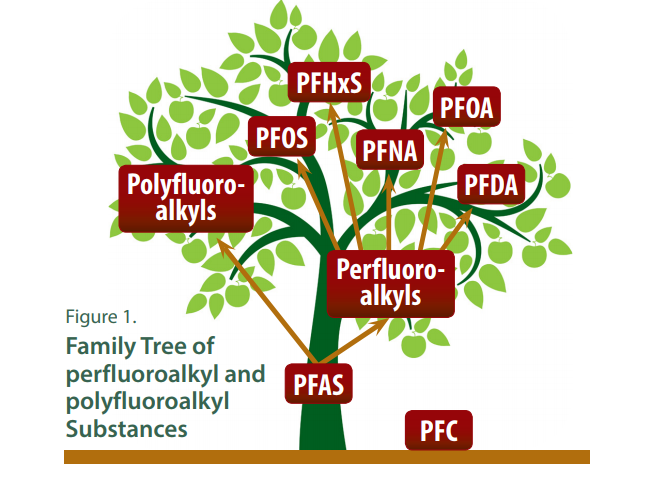
A study of GenX’s effects in pregnant mice and their offspring concluded that the chemical compound that has for years been discharged into the Cape Fear River, a drinking water source for thousands in the Wilmington and surrounding areas, caused gestational weight gain and maternal liver damage.
The study compared the toxicity of perfluorooctanoic acid, or PFOA and GenX in pregnant mice and their developing placenta and embryos.
Supporter Spotlight
The research led by Bevin Blake, who at the time was earning her doctorate at the University of North Carolina Chapel Hill, found that PFOA and GenX had adverse effects, including abnormal lesions in mature placenta.
Suzanne Fenton, head of the National Toxicology Program’s Reproductive Endocrinology Group, discussed the results of the study Monday with the North Carolina Secretaries’ Science Advisory Board, which met online.
“We designed this study to be used in risk assessment,” Fenton said. “We blinded this study from the start, so animals were blindly assigned in this test group.”
Researchers involved in the study did not know which chemical compound they were giving the mice to ingest.
The study was one of two GenX-related research papers the science advisory board has been tasked with analyzing since finalizing its toxicological review in October 2018. That review helped establish the standard for GenX manufacturer Chemours’ proposed toxicity study.
The 16-member board assists North Carolina’s departments of Environmental Quality and Health and Human Services by evaluating and identifying contaminants of concern.
Supporter Spotlight
Chemours’ Fayetteville Works facility has been discharging GenX and other per- and polyfluoroalkyl substances, or PFAS, into the Cape Fear River and air since the 1980s.
As part of a 2019 consent order between DEQ, Cape Fear River Watch and Chemours, the chemical company must initiate a third-party study looking at the toxicity of up to five PFAS to human health and aquatic life.
The study will include mice and rats, as well as fish.
DEQ must approve the study plan, which must be submitted within 30 days of the consent order’s approval by a superior court judge.
The state last month made additions to the order, calling for the company to further reduce PFAS being discharged into the Cape fear River through groundwater contamination on the Fayetteville site.
Sheila Holman, DEQ’s assistant secretary for DEQ, said Monday that the newest measures mean more than 90% of PFAS going into the river from the site will be captured.
Public comments on the addendum to the consent order will be accepted through Sept. 17.
GenX vs. PFOA
GenX is the commonly used term for perfluoro-2-propoxypropanoic acid, a chemical compound produced to make Teflon, which is used to make nonstick coating surfaces for cookware.
The effects of GenX in humans remain widely unknown, though studies are currently being conducted by researchers throughout the state.

NCDHHS has established a health goal of 140 parts per trillion for GenX. There are no federal guidelines for the chemical compound.
Fenton said that researchers were surprised the effects of PFOA and GenX were similar at low doses.
“GenX did not accumulate in the liver to the extent that PFOA did,” she said.
They did, however, find that GenX significantly affected the maternal-embryo-placenta differently from PFOA. Male offspring of the test mice went on to develop metabolic disease.
Glucose and insulin levels were monitoring revealed increases in cholesterol and water weight gain.
“We hope (this study) will be used in any way that could be helpful to people living in the Wilmington area,” Fenton said.
Science advisory board member David Dorman, professor of toxicology at North Carolina State University, said the data from the two studies validate the board’s decisions leading up to the 2018 toxicological review.
“I’m really pleased seeing this type of research development,” he said. “I was struck by the description of the quality of the studies.”
N.C. State professor Detlef Knappe, who was part of the research group that in 2016 discovered elevated levels of GenX in the Cape Fear River, reminded the board that other chemicals need to be studied and that additional studies may be needed beyond what the board has contemplated.







